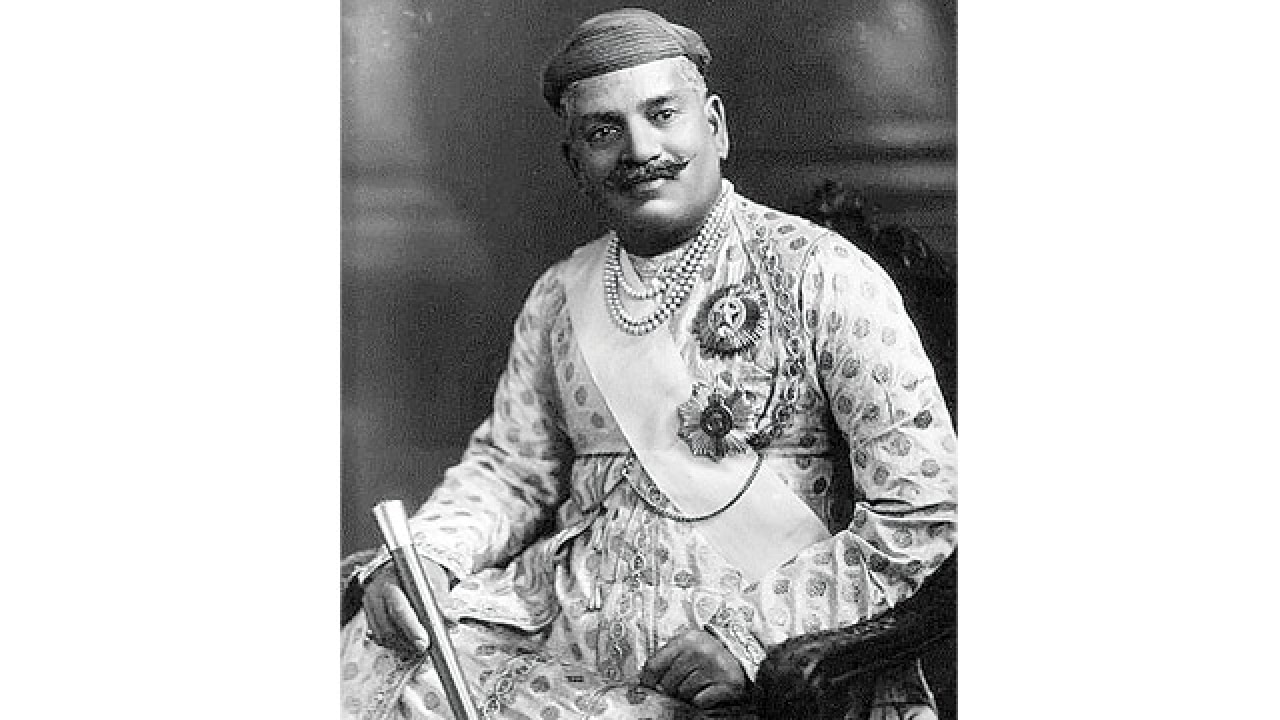
It was December 12, 1911, and the scene rivalled the grandest of the Mughal courts of yore. King George V had arrived to preside over the Delhi Durbar and various kings and princes from all over the vast land had come to pay their respects to him, decked up in all their royal finery and jewels. Among the princes was the Maharaja of Baroda — Sayajirao Gaekwad III. But the proud Maharaja of Baroda was made of different stuff. First, he came dressed in rather simple clothes, sans any jewels, far from the regal finery of his contemporaries. He carried a simple wooden cane, instead of the ceremonial swords adorning other cummerbunds. The velvet sash showing various ranks and medals bestowed on him by the Empire had been conveniently “forgotten” in the hurry to reach Delhi. Protocol required that a prince was to retrace seven steps backwards after saluting George V and then leave. Sayajirao Gaikwad retraced only two steps, turned around and left! Against a British empire at its peak, this act of defiance was praiseworthy.
But Maharaja Sayajirao Gaekwad III went much beyond not following protocol at the British durbar. In fact, it is his civil and social works that deserve praise. Having ascended the throne at a time when openly opposing the British was not much of an option for the ruler of a small princely state, he turned to the betterment of his subjects. Schools, colleges, and museums were opened and water supply improved. Social reforms were carried out and universal education up to the primary level was provided for free. He can very well be called the creator of modern Baroda.
It was a time when a girl going to school was something of a miracle. But Sayajirao Gaekwad had managed to open eight schools for girls and a training college for lady teachers as early as 1881.
Starting in 1893, he introduced free and compulsory primary education. By 1906, it covered his whole state. He was the first Indian ruler to embark on such an audacious mission — a target which independent India could not achieve until the Right to Free and Compulsory Education Act 2009 was enacted.
In 2010, a public library had come up in Baroda — to supplement the new push towards education. But the Maharaja did not stop merely at sending boys and girls to schools. Colleges offering a plethora of subjects including technical ones were opened under his aegis, leading ultimately to the creation of a university which still bears his name — the Maharaja Sayajirao University of Baroda.
The ruler of Baroda also turned his attention to the caste prejudices in Baroda. In 1925, a banquet was organised at Laxmi Vilas Palace in Baroda, where men of all castes ate together. The same year he opened the gates of a temple at Amreli to the Dalits. The Maharaja opened hundreds of schools for Dalits as well as encouraged their admission to regular schools.
Great strides were made in areas of inter-caste marriages and widow remarriages as well through legislation, Acts, and laws. He also separated the powers of the judiciary and the executive, something taken as a given today, but was a path-breaking reform a century ago.
Railways, water systems, and commercial banks also prospered. Under his watch, the total length of railway lines went from 59 miles to 642 between the years 1875 and 1928. It linked the capital to every town and place of importance. In 1908, he founded the Bank of Baroda, which continues to be a premier banking institution in the country. He was also a great patron of arts and culture.
The grand Baroda State Museum, which still stands today as one of the finest pieces of architecture in Gujarat, was commissioned by him on lines of museums in Europe. Construction began in 1887 and the grand building was complete by 1894. Thus, working within the limitations and scope granted by British rule, Maharaja Sayajirao Gaekwad brought about far-reaching changes, reform and development in the city of Baroda and the entire princely state.
Aneesh is the author of Brahmaputra — The story of Lachit Barphukan.